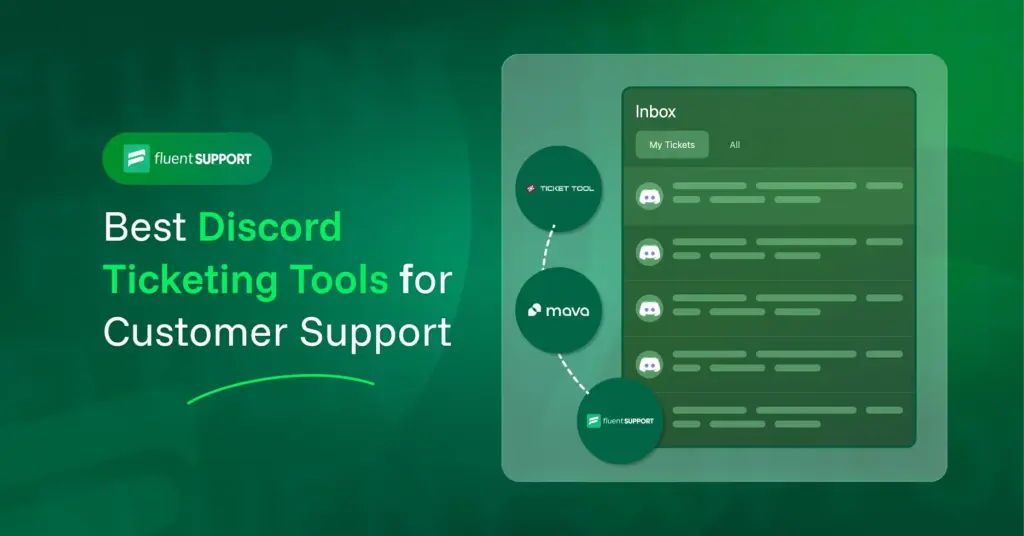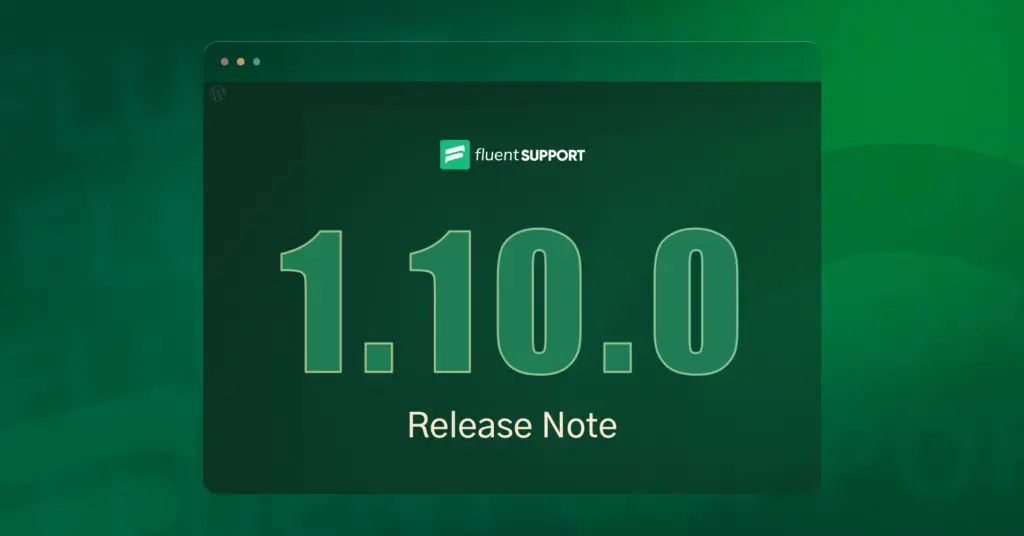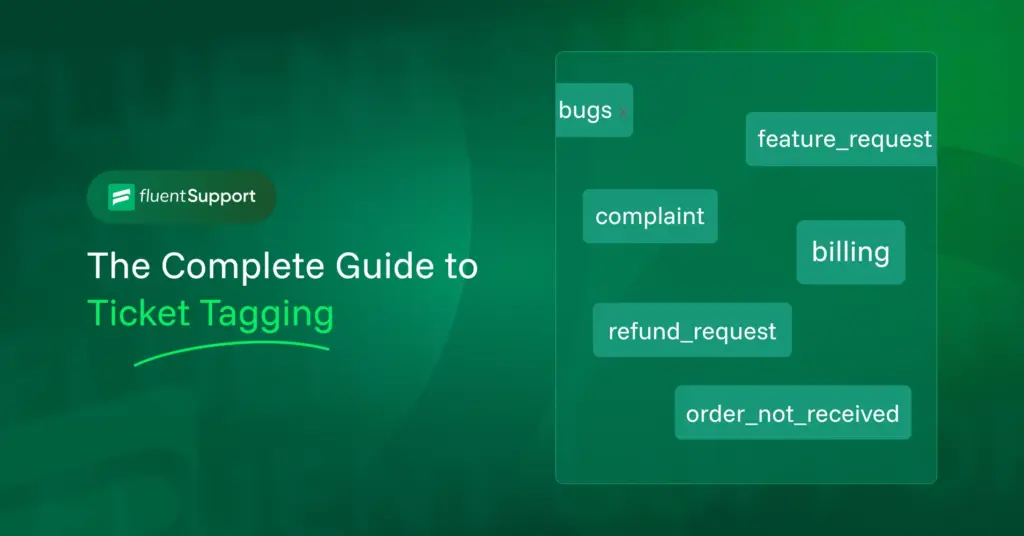
Got a shiny new URL? Great! But if Google doesn’t know about it, it might as well be invisible to the world.
Whether you’ve launched a new site or added fresh content, getting Google to notice (index) them fast is key.
That’s why you can’t skip submitting URLs to Google.
In this guide, we’ll show you how to submit URLs to Google using Google Search Console so your pages get indexed quickly and show up where they actually belong (well, obviously, on the search engine result page).
In the first part of this blog, we’ll cover why URL submission is important. Then, we’ll dive into the main topic. Plus, as a bonus, we’ll share five best practices for seamless URL submission to Google.
Let’s get started!
Why submit URLs to Google?
Submitting URLs to Google helps your content get discovered faster.
Google uses clear signals to find and index new pages. You’re essentially waving a flag by submitting your URLs, saying, “Hey Google! Look here!”
If you don’t submit your URLs directly to Google, it can take a while for them to be crawled, sometimes lasting weeks or even months. This is especially true if your site has lower authority or there aren’t many external links pointing to your new pages.
Let’s be real. Why wait when there’s is quicker option available?
When you submit your URLs, Google becomes aware of your new pages. This speeds up the indexing process and gives you more control over which pages are indexed first.
By submitting specific URLs, you can prioritize the most important pages on your site. This means new blog posts, product launches, or key landing pages are indexed faster and appear in search results sooner.
Keeping Google updated with your latest content helps maintain a fresh online presence. Over time, this can improve your search rankings, as Google favors fresh, relevant pages.
In one sentence, submitting URLs to Google is crucial for boosting traffic and improving your site’s visibility in search results. That’s the ultimate purpose for submitting URLs to Google.
Now you know why it’s important to submit your URLs to Google. In the next section of this blog, we will discover how to submit them in one minute by following some easy steps with the help of Google Search Console.
Methods to submit URLs to Google
Submitting URLs to Google doesn’t take expert-level skills. With two primary methods, you can effortlessly submit URLs to Google via Google Search Console.
Let’s explore each of the methods in detail.
1. Use Google Search Console’s URL Inspection Tool
The URL Inspection Tool in Google Search Console is the easiest way to submit your URLs to Google. It’s like handing Google a VIP ticket to your latest content.
Here’s how to use it step by step:
Step 1: Log in to Google Search Console. (If you don’t have an account yet, don’t worry. I’ve included instructions in the note below. It’s totally free and straightforward)
Step 2: Paste your URL into the search bar at the top of the dashboard. Or you can click on the URL inspection and paste it.

Step 3: The tool will check if your URL is already indexed. If it’s not, you’ll see a “Request Indexing” button. Click it, and you’re done!

A shout-out for Google Search Console. This inspection tool is super efficient. It lets Google know about your pages almost instantly.
Note: How to sign up for Google Search Console and add your site
First, go to Google Search Console. Then click the “Start Now” button and log in with your Google account. Then, add your website with the URL prefix. Now, it’s time to verify ownership by following one of the provided methods: HTML file, HTML tag, Google Analytics, Google Tag Manager, and Domain name provider.
And done! You can now unlock all the features of Google Search Console (well, well, you have hired a dedicated website assistant).
2. Submit a Sitemap
If the URL Inspection Tool is your one-on-one chat with Google, submitting a sitemap is like sending Google a formal invitation with all your website’s details.
With sitemap submission, you let Google discover multiple URLs at once. This could be a great time saver, especially when managing a large site.
Note: A sitemap is an XML file that informs search engines about all your important pages. It helps Google and other search engine crawlers to find and index your content more efficiently.
To submit a sitemap, follow these instructions:
Step 1: Create a sitemap. If you’re using WordPress, plugins like Yoast SEO or Rank Math can generate one automatically. Or you can create your sitemap with another plugin XML Sitemap Generator for Google.
Again, if you are a non-WordPress user, online sitemap generator tools could be a good option.
Step 2: Locate your sitemap URL. It usually looks something like this: https://yourwebsite.com/sitemap_index.xml.
Step 3: Go to Google Search Console and navigate to the Sitemaps section (it’s in the ‘Indexing’ tab).
Step 4: Paste the sitemap URL into the provided field and hit “Submit.”

And that’s it!
You’ve handed Google a comprehensive map of your website.
Easy-peasy.
5 best practices for seamless URL submission to Google
You’ve got the idea about the URL submission process to Google Search Console. You may wonder, “Okay, that’s the end of my queries; now I can easily submit my URLs or sitemap to Google Search Console.”
Hold on. You have some more stuff (best practices) to check/maintain.
Yes, submitting URLs to Google is easy and can be fun. But you know what? Doing it the right way is crucial and could be challenging.
To do it correctly, you need to follow some essential best practices before starting your URL submission game.
So, in this section, we’ve compiled five best practices for seamless URL submission to Google as bonus tips (well, don’t skip these – they matter) for this blog.
Follow these five best practices to make the process smoother and more effective.
Okay, let’s jump straight into it.
1. Submit only important pages
You don’t need to submit every page of your site.
There’s no question that pages with quality content are Google’s favorite. So you could focus on high-quality pages with quality content. Doing so would improve indexing and ranking while making sure your audience gets valuable insights.
And, of course, avoid publishing pages that are thin, repetitive, or lack quality content. They could easily hurt your site’s reputation and ranking and indexing.
If such pages exist, it’s best to update or remove them to maintain your site’s quality.
2. Fix technical issues
It’s evident that Google wouldn’t prefer to deal with broken links or 404 errors. Before submitting URLs to Google, verify that they’re functional, error-free, and accessible for smooth crawling.
You must avoid long, messy URLs stuffed with unnecessary parameters or numbers.
Google prefers URLs that are simple, descriptive, and easy to read. So, follow Google’s lead and avoid long, messy URLs stuffed with unnecessary parameters or numbers.
A clean URL like “example.com/help-desk” is far better than “example.com/page123?=id56“.
3. Optimize for mobile
Google prioritizes mobile-friendly websites due to its mobile-first indexing approach.
Following this approach, you need to ensure that your site adapts perfectly to smaller screens, loads fast, and provides a seamless user experience.
You can use Google’s Mobile-Friendly Test tool to validate that your site is perfectly mobile-optimized.
4. Use HTTPS for security
HTTPS isn’t just about protecting your website. It’s about demonstrating trustworthiness to Google. Google rewards (values) secure sites with fast indexing and better rankings.
If your site still uses HTTP, it’s not secure, and you’re losing ground in the URL submission process.
First, switch to HTTPS (if you aren’t using it already). Then, start playing the URL submission game.
This small step would make a big difference. Both users and search engines appreciate a site that feels safe and reliable.
Eventually, your indexing process will be smoother.
5. Avoid unnecessary re-submissions
Submitting your URLs to Google once is enough. Hitting that submit button repeatedly won’t make Google work faster. It might even slow things down.
Google has its process for crawling and indexing pages. If you keep resubmitting the same URL, it could look spammy and hurt your site’s credibility.
If your page isn’t indexed after a while, check for technical issues or improve the content.
Avoid unnecessary re-submissions and be patient. Let Google take care of the rest.
Wrapping up
Remember, even the best content won’t shine if Google doesn’t know it exists. So, don’t just create. Submit, index, and let your content do its magic.
If you’ve read this far, you’re officially a URL submission pro. High-five!
Now it’s your turn. Put these tips into action, let the internet know your content has arrived, and watch your website grow.
The search results are waiting!
Lastly, Big thanks for reading this blog till the end.
Start off with a powerful ticketing system that delivers smooth collaboration right out of the box.












Leave a Reply